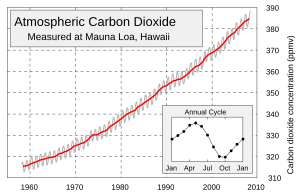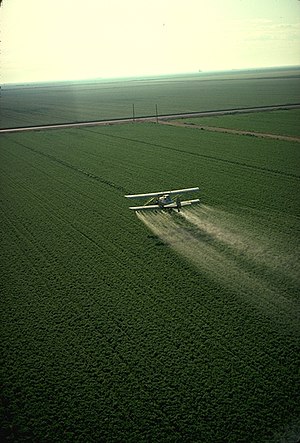 Image via Wikipediaby Keith Goetzman, UTNE Reader - The Best of The Alternative Press: http://www.utne.com
Image via Wikipediaby Keith Goetzman, UTNE Reader - The Best of The Alternative Press: http://www.utne.comFarmers are often among the first people to notice a shift in the climate.
So while I rely on scientists for my big-picture information about climate change, I also take seriously the cumulative daily - and yearly - field research of a trusted source: My local CSA (community supported agriculture) farmers, Michael Racette and Patty Wright of Spring Hill Community Farm in Prairie Farm, Wisconsin. They are keen observers of wind, water, air, and soil, living so close to the land that they literally sink their hands into it every day.
Farming has of course always been an uncertain business, due to the naturally variable whims of weather, but lately it’s more uncertain than ever - some would even call it wildly unpredictable. Here’s what’s happening in the furrows as reported by Patty in this season’s Spring Hill newsletters:
July 19
Sometimes rain is a lovely thing, sometimes it’s not. Last Friday we had about half an inch of rain. It made harvest not very pleasant or pretty, but we appreciated it knowing we were in for a blast of heat over the next week.
Then there was Saturday morning. Very early Saturday morning we woke up to thunder and lightning and heavy, heavy rains. When we went out to take a look there was over four inches of rain in the gauge. Our little stream had become something of a river and we were unable to cross it.
Our plan to pick peas with the members who were to arrive shortly was curtailed when we sank up to our ankles in mud. Plans to pick cilantro were changed to basil from the hoophouse when we saw the flattened cilantro.
To read further, go to: http://www.utne.com/Wild-Green/The-Climate-on-the-Farm-Is-Changing.aspx?newsletter=1&utm_content=09.16.11+Environment&utm_campaign=UTR_ENEWS&utm_source=iPost&utm_medium=email






